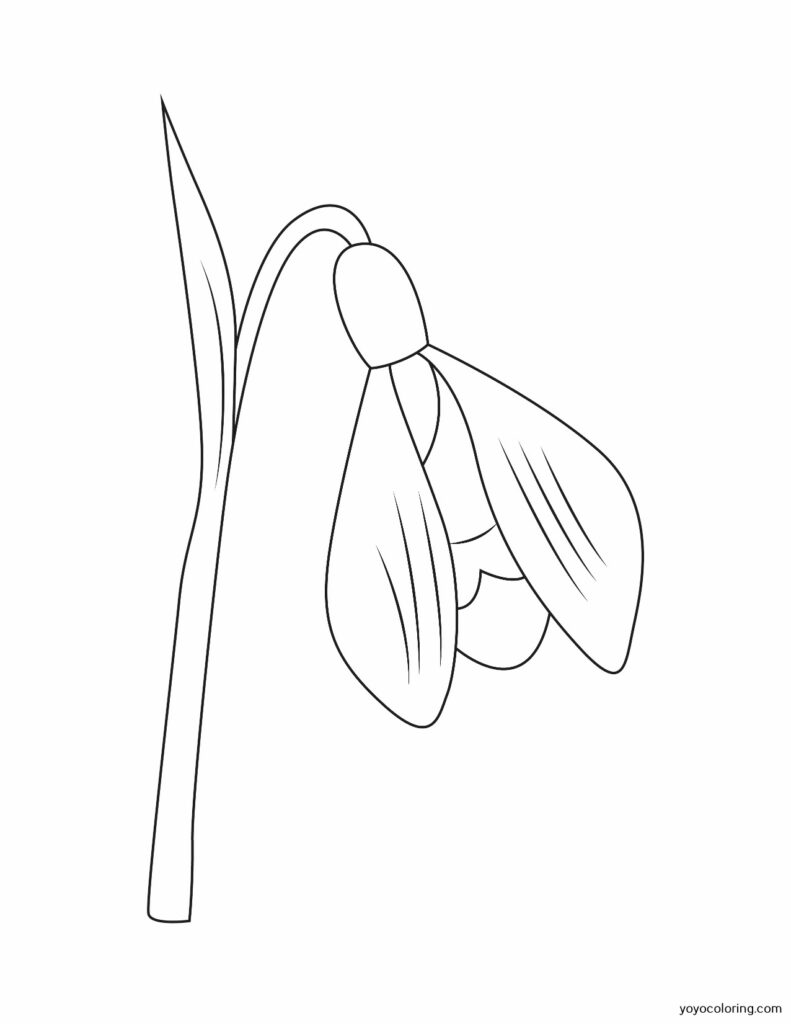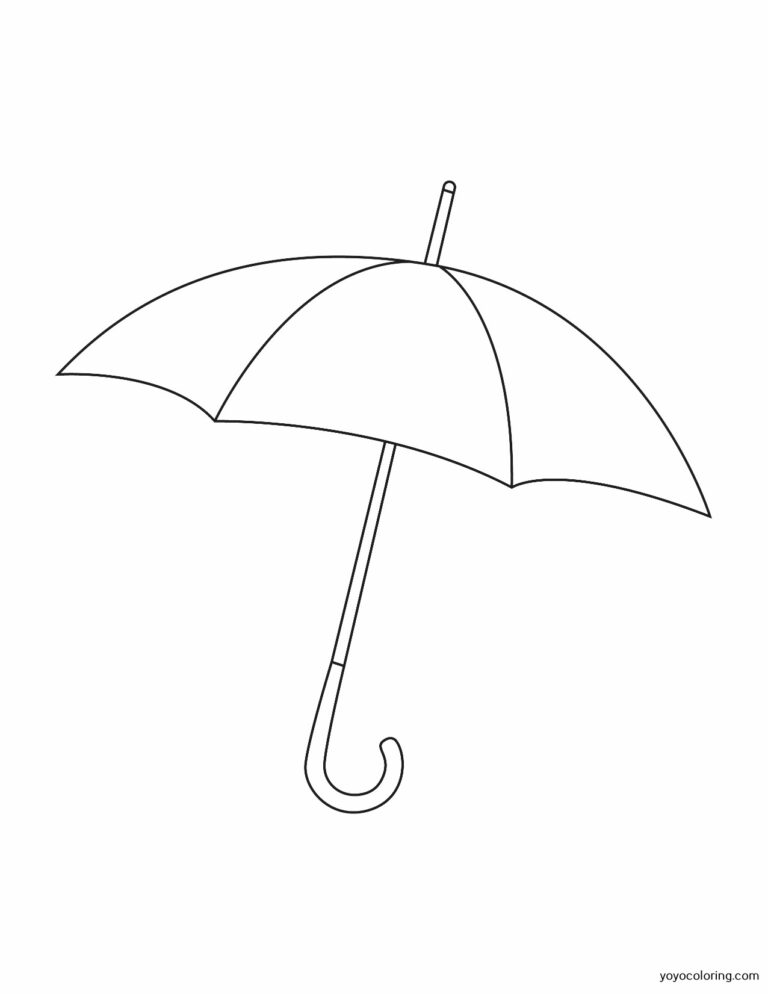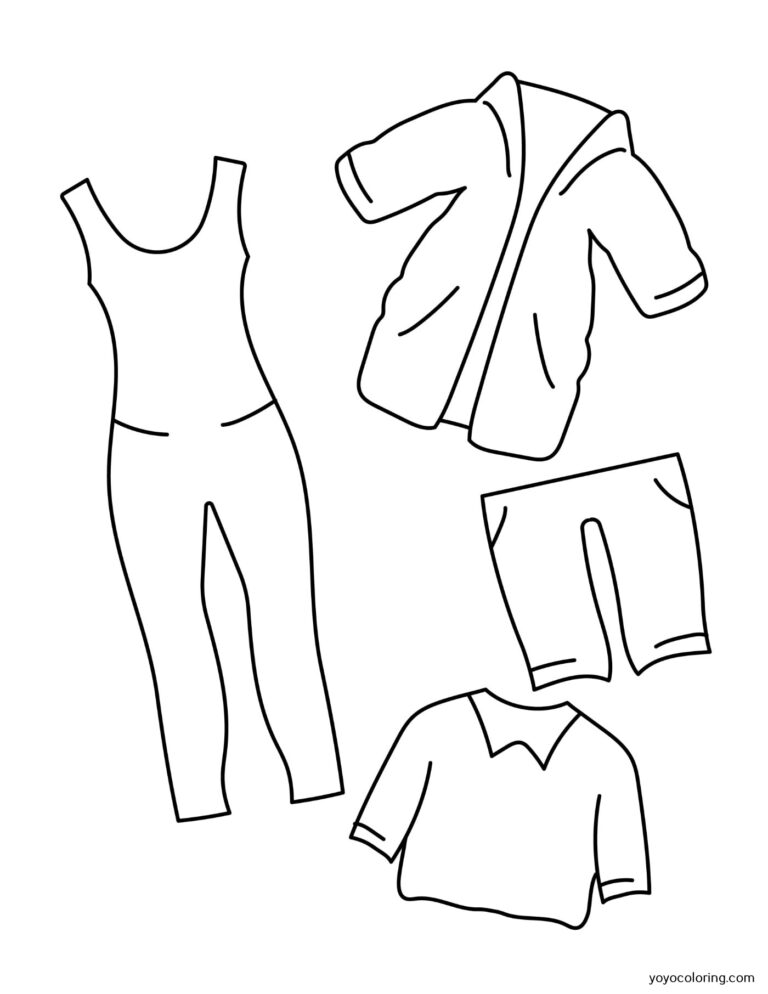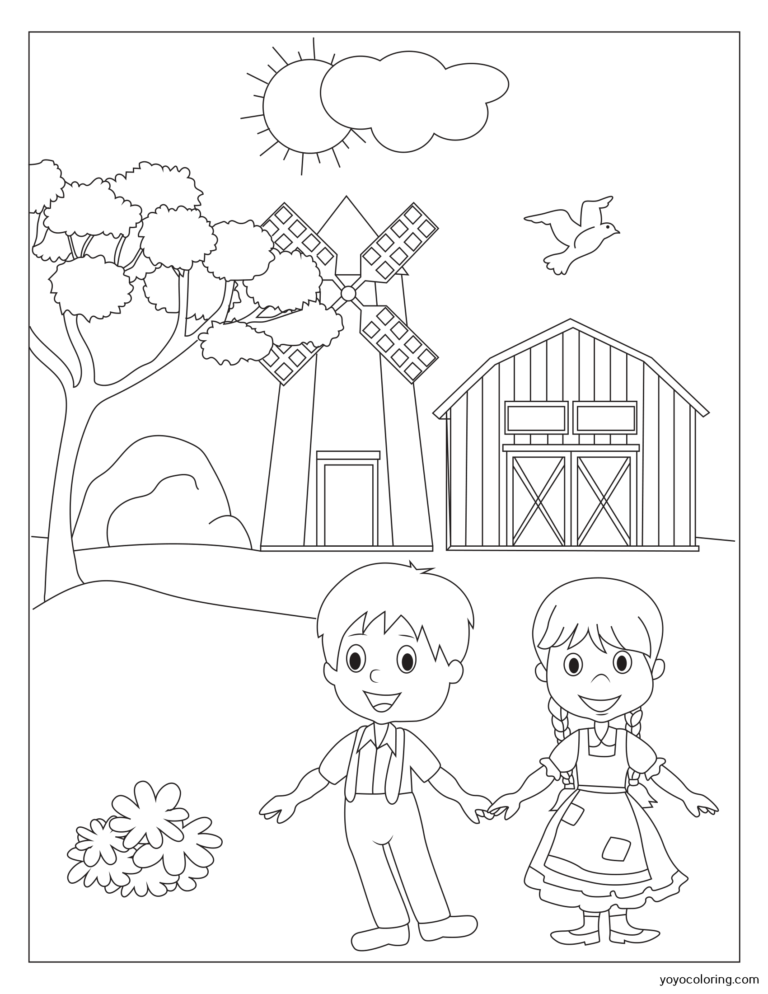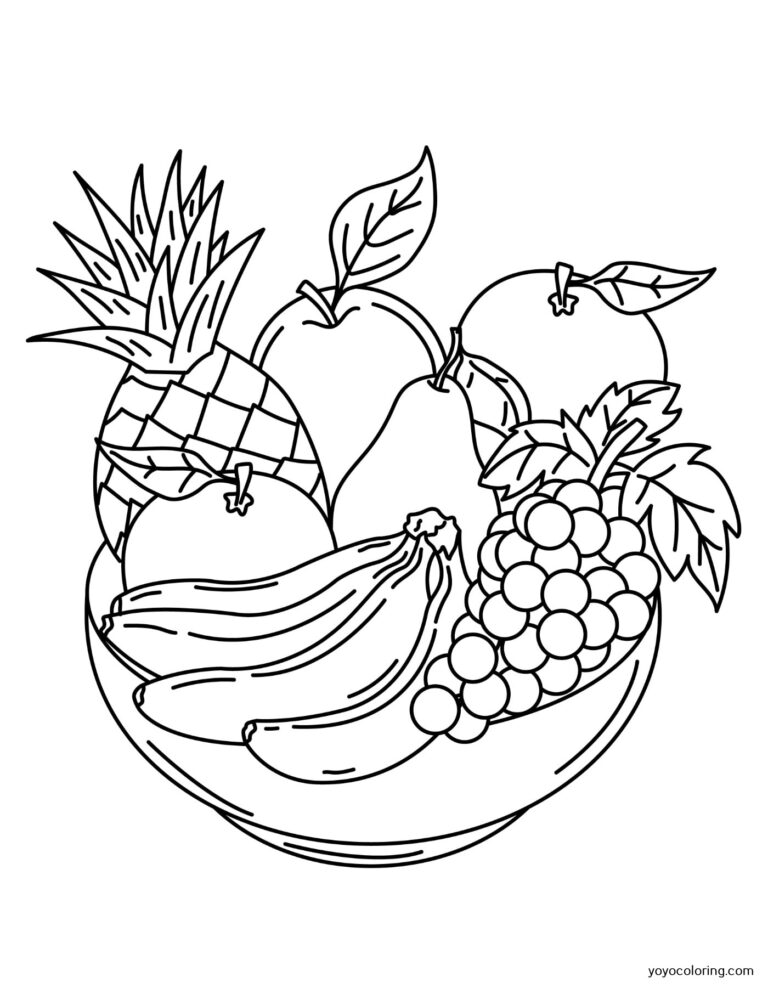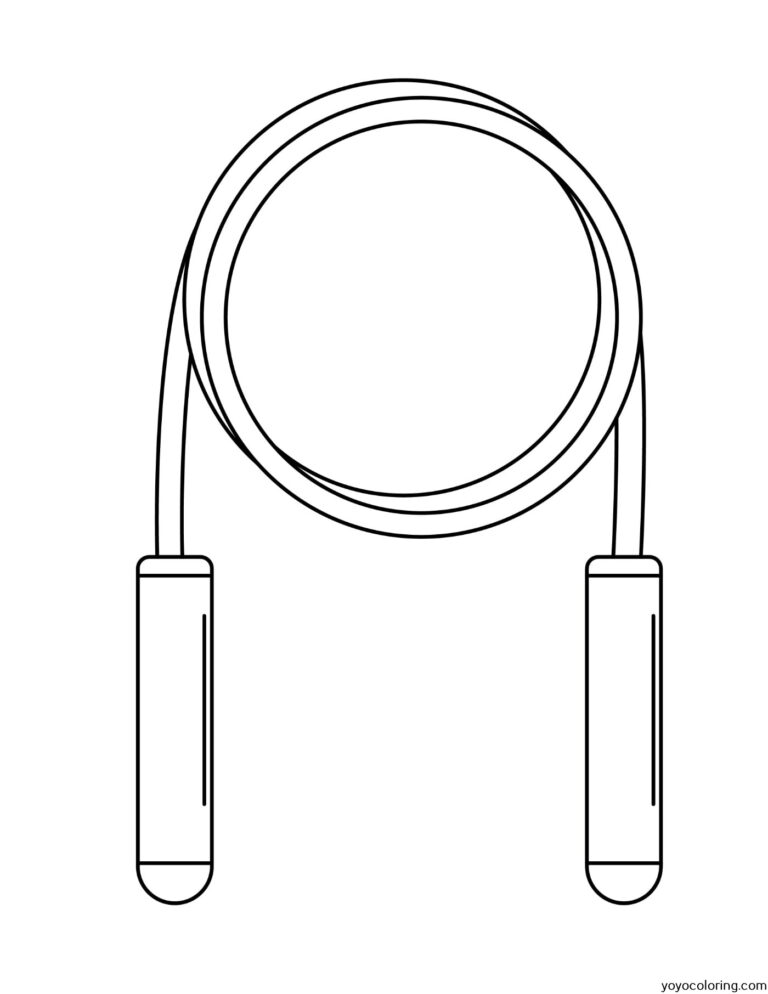I’ve always been fascinated by the beauty of flowers, and flower bulbs are like a hidden treasure waiting to burst into colorful life. Coloring pages featuring flower bulbs offer a unique opportunity to learn about these amazing plants while letting our creativity flow. Whether you’re a seasoned gardener wanting to deepen your understanding, or someone simply appreciating nature’s beauty, I believe these coloring pages will captivate your heart and mind.
In my search for ways to connect with nature, I’ve discovered that engaging in artistic activities like coloring can be truly therapeutic. Flower bulb coloring pages help us explore different bulb varieties and develop an even greater appreciation for the intricate designs nature creates. From tulips and daffodils to alliums and hyacinths, there’s a world of fascinating flower bulbs waiting to be colored.
These coloring pages aren’t just for entertainment; they also provide an educational experience. While filling in the lines with vibrant hues, I’ve learned about various flower bulbs’ growth cycles, ideal planting times, and specific care tips. So grab your coloring tools and let’s dive into the captivating world of flower bulb coloring pages – where imagination blossoms, and learning blooms.
Choosing the Right Flower Bulbs for Coloring
When it comes to flower bulbs coloring pages, picking the right bulbs to feature can make all the difference. Sure, we’d love to color any flower, but selecting ones with distinct shapes, patterns, and colors will definitely elevate our coloring experience. So, let me give you some tips to help you choose the most suitable flower bulbs for your coloring pages.
First off, consider the variety. Flower bulbs come in an astounding range, each with its own unique characteristics. When selecting bulbs, think about interesting shapes, textures, and patterns that would make your coloring page pop. Some popular choices are:
- Tulips
- Daffodils
- Crocuses
- Hyacinths
- Amaryllis
- Lilies
It’s also essential to keep in mind the seasonal availability of the bulbs. Different bulbs bloom at various times of the year, which can influence your color palette and overall theme. For instance, we have some typical seasonal blooms:
- Spring: tulips, daffodils, crocuses, and hyacinths
- Summer: lilies, gladiolus, and begonias
- Fall: dahlias, crocosmia, and nerines
- Winter: amaryllis, cyclamen, and winter aconite
Next up, you’ll want to think about color schemes. Bold, vibrant colors can make your coloring page stand out, while softer pastel shades can give it a more delicate and subtle look. Try mixing and matching flower bulbs to include a wide range of hues in your coloring pages. That way, you’ll cater to different color preferences and moods.
Don’t forget to pay attention to the level of detail. Some flower bulbs have intricate patterns and designs, making them ideal for more experienced colorists. Others are simpler, which may be suitable for those just starting or looking for a relaxing coloring session. To provide an engaging experience for all, you could create multiple pages with varying difficulty levels.
Lastly, get some inspiration! There’s no harm in checking out other flower bulb coloring pages to see which bulbs and designs work well. Browse botanical books, visit local gardens, or even take a stroll through your neighborhood to observe the beauty of flower bulbs in their natural environments. It’s a fantastic way to spur creativity and gather new ideas for your coloring pages.
In a nutshell, choosing the right flower bulbs for your coloring pages requires some thought, but it’s worth the effort. By considering variety, seasonal availability, color schemes, level of detail, and inspiration, you’ll create captivating pages for colorists to enjoy!
Tips for Creating Stunning Flower Bulb Coloring Pages
Before diving into these helpful tips, let’s remember that flower bulb coloring pages are an amazing way to enjoy our favorite blossoms all year round, from tulips to hyacinths. With that said, let’s explore some ways to level up our flower bulb coloring game!
Choose high-quality images
Quality matters when it comes to coloring pages. I recommend looking for high-resolution images with clear details and lines. This will make it easier to color the outlines and produce cleaner finished pages.
Experiment with different coloring mediums
Don’t be afraid to try out different coloring materials! Here are some popular options:
- Colored pencils
- Markers
- Watercolor paints
- Gel pens
- Pastels
Finding the right medium can greatly enhance your coloring experience, so use what makes you enjoy the process the most.
Incorporate shading and blending techniques
Adding some shading and blending skills to your repertoire can really elevate your flower bulb coloring pages. These techniques create depth and realism in your artwork. Some quick tips include:
- Use pressure changes when coloring with pencils to create lighter or darker shades.
- For blending, apply a layer of light color first, then gently add the darker shade over it.
- Don’t be afraid to mix and match colors for a more natural appearance.
Utilize contrast and complimentary colors
Contrast is key in making your flower bulbs stand out. A simple tip is to use complementary colors (opposite hues on the color wheel) for the flower and its background. For example:
- Red flowers with a green background
- Blue flowers with an orange background
- Purple flowers with a yellow background
Add personal touches
Lastly, don’t forget to unleash your creativity! Feel free to add personal touches to your coloring pages, such as patterns, textures, or even creative backgrounds. These unique embellishments can make your flower bulb coloring pages one of a kind.
By embracing these tips, you’ll be well on your way to creating beautiful flower bulb coloring pages. So grab your coloring tools, and let your artistic side flourish!

